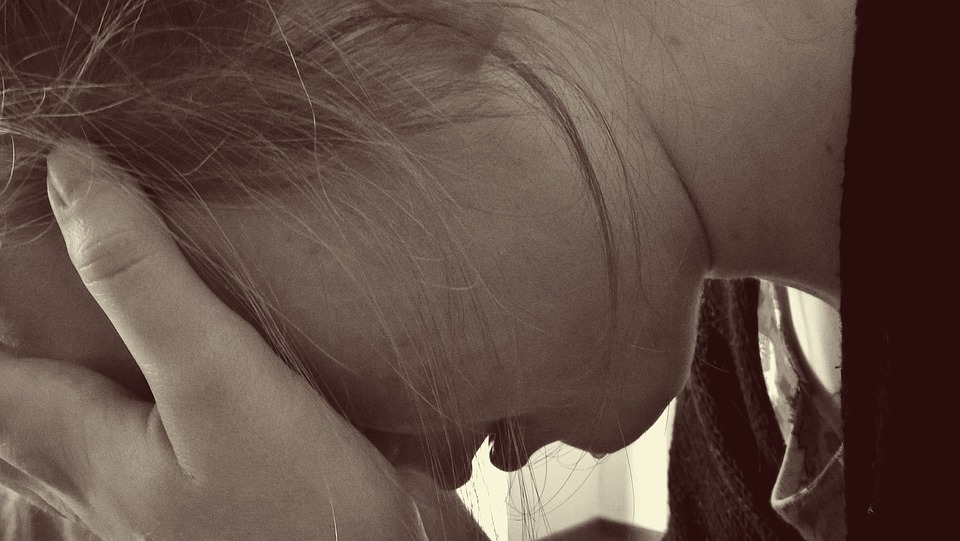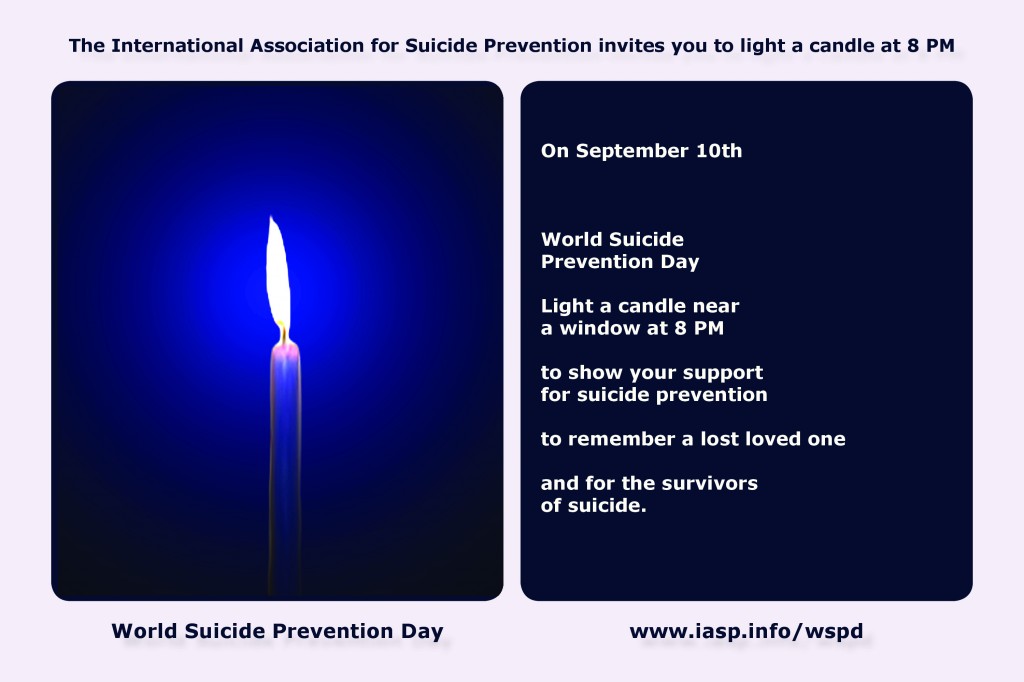
A quarter (24%) of autistic doctors have attempted suicide, and more than three-quarters (77%) have considered it, according to a new study by Brighton and Sussex Medical School (BSMS), Thomas Jefferson University and Autistic Doctors international (ADI) – published in Frontiers in Psychiatry. Nearly half (49%) had also engaged in self harm.
Lead author Dr Sebastian Shaw, Lecturer in Medical Education at BSMS and the Research Lead of ADI, said: “Whilst it is deeply concerning to see the extent to which my fellow autistic doctors have struggled with their mental health, it is perhaps not surprising when we consider the many barriers and challenges faced by autistic people working in the healthcare sector.
“We also discovered that individuals who viewed autism as a ‘disorder’ instead of a difference or disability were more likely to have attempted suicide. This could suggest that they have internalized feelings of shame from being taught to perceive autism as a disorder during their medical training. This finding supports the idea of embracing neurodiversity when it comes to autism. Promoting greater acceptance of autism as a difference could potentially enhance the well-being of both autistic healthcare professionals and patients.”
The study also found that many doctors with autism did not disclose their diagnosis in the workplace. 29% had not told anyone at work, 32% had disclosed their autism to their supervisor, and 30% had disclosed it to their colleagues. This secrecy seems to contribute to a feeling of isolation. Although four-fifths reported having worked with another doctor they suspected was autistic, only one-fifth reported having worked with another doctor they knew was autistic. Those who had never worked with any suspected autistic colleagues were also more likely to have considered suicide.
As awareness and diagnosis of autism increase, more medical students and doctors are identifying themselves as autistic. A study found that on average, they were diagnosed at the age of 36. Some were diagnosed due to difficulties in stressful clinical environments or demanding career paths. They also found that support from employers was inconsistent, with some colleagues refusing to believe that a qualified doctor could be autistic.
Dr. Shaw emphasized the importance of improving the experience of autistic doctors by promoting a positive view of neurodiversity. Workplaces should offer better support and raise awareness about autistic healthcare professionals. By employing a well-supported and diverse medical workforce, the public’s diversity will be reflected in their medical providers, likely leading to improved experiences and outcomes for neurodivergent patients.
Despite these striking findings, three-quarters of doctors (74%) generally enjoyed their work, and a similar percentage (73%) felt that being autistic was beneficial in their role as doctors.
Dr. Mary Doherty, senior author and founder of ADI, commented, “Autistic doctors are a hidden minority in the medical workforce, and the specialties in ADI challenge autistic stereotypes, with general practitioners being the largest subgroup followed by psychiatrists.”
Dr Wendy Ross, Director of the Jefferson Center for Autism and Neurodiversity, added: “This study is a call to action for the entire medical field to meet the needs of autistic medical talent as well as patients.”


